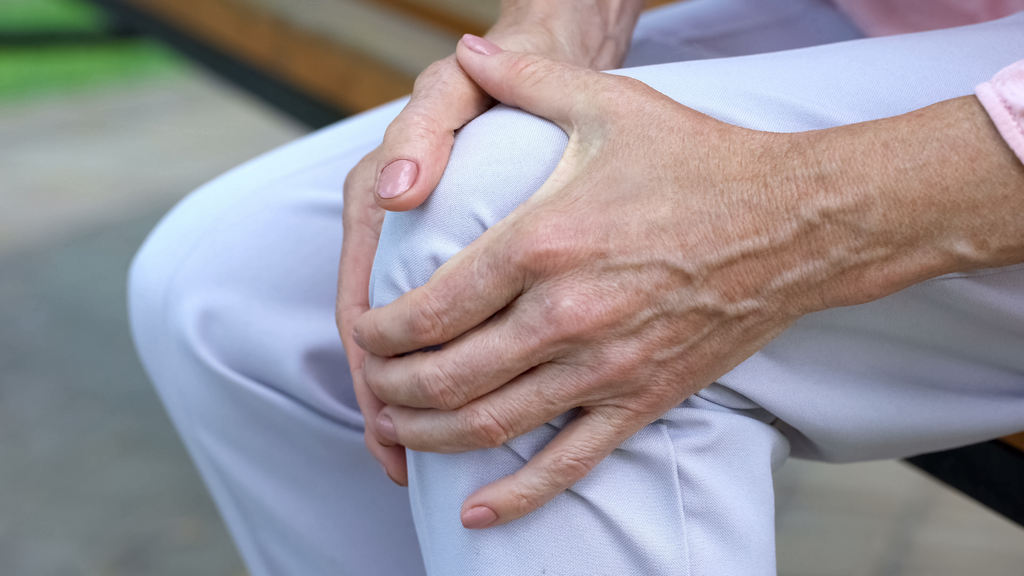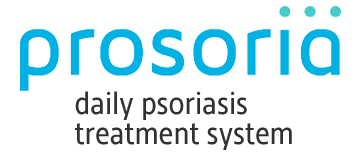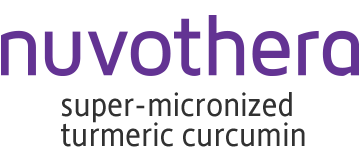
Arthritis generally refers to joint pain or joint disease. There are more than 100 types of arthritis and related conditions known today, including inflammatory arthritis, infectious arthritis, osteo-arthritis, and metabolic arthritis. Arthritis is the leading cause of disability in the US.1
Inflammatory arthritis occurs when the immune system mistakenly attacks the joints resulting in uncontrolled inflammation. A successful immune response against infection or injury will promote repair at the site and then resolve itself. When the resolution is ineffective, the inflammation persists and results in tissue damage that could potentially cause joint erosion and damage of internal organs.17 Examples of inflammatory arthritis include rheumatoid arthritis, psoriatic arthritis, and gout.
Early diagnosis and aggressive treatment are critical in slowing the disease and preventing permanent joint damage due to inflammatory arthritis. Treatment goals include reducing disease activity, reducing pain, improving function, and preventing further joint damage.1
Comparison of three common treatment options for inflammatory arthritis:1,16

Micronized Turmeric for Treating Inflammatory Arthritis
Turmeric is a spice that is well known for its medicinal properties in several south Asian cultures. Turmeric is not only a common ingredient of culinary recipes; it is also essential for many home remedy concoctions successfully used through the ages.
Scientific investigations have revealed the polyphenol Curcumin as the reason behind the success and popularity of this ancient spice. Curcumin has been shown to have antioxidant and anti-inflammatory properties. It is known to aid in the management of arthritis along with a variety of oxidative and inflammatory conditions.3,16 The effectiveness of naturally available curcumin, as a stand-alone treatment for common ailments, has not been clinically significant, due to its poor bioavailability. Several additional components like piperine, encapsulation with cyclic oligosaccharides, liposomes, polylactic-co-glycolic acid (PLGA),etc. are known to aid in improving the absorption of curcumin.4,5 Recent studies with micronized turmeric, a formulation in which turmeric is powdered into micro particles, has shown to improve the bioavailability several fold compared to other formulations of turmeric.6,7
Turmeric for Treating Inflammatory Disease
The therapeutic effect of curcumin in arthritis is due its ability to suppress biochemical pathways in the body that cause inflammation.8 COX-2 (CycloOxygenase-2) is a key enzyme that mediates inflammation.9 Suppression of COX-2 therefore results in reduced inflammation and arthritic relief.
 .
.
Multiple clinical trials using COX-2 inhibitors have indicated adverse effects of treatments including increased risk for abdominal pain, hypertension, heart failure and edema.10 On the other hand, curcumin the active component of turmeric is safe with no known side effects.2 Novothera’s micronized turmeric curcumin exhibits 126 times greater inhibition of COX-2 enzymes when compared to the other variants of turmeric studies in rats, using injury induced inflammation followed by treatment with 1mg/kg and 5mg/kg bodyweight of curcumin showed that tissue injury was prevented in curcumin treated rats when compared to the untreated group.12
The anti-inflammatory action of curcumin is mediated by suppressing NF-kB (Nuclear Factor kappa B), a key regulator that in turn activates several inflammation mediators, including COX-2.13, 14 Healthy cells contain NF-kB in an inactive form, which is then activated by cell injury. As mentioned above, in the healthy state, inflammation helps repair after injury and then resolves. However, in conditions like inflammatory arthritis, it gets dysregulated and remains active for longer than necessary. Turmeric suppresses chronically active NF-kB, thereby preventing COX-2-mediated inflammation.

Written by Shobhana Natarajan and Neela Dinesh, PhD., medical writers.
References:- Arthritis Foundation (Arthritis.org)
- Chainani-Wu N. Safety and anti-inflammatory activity of curcumin: a component of turmeric (Curcuma longa). J Altern Complement Med. 2003 Feb;9(1):161-168.
- Chin KY. The spice for joint inflammation: anti-inflammatory role of curcumin in treating osteoarthritis. Drug Des Devel Ther. 2016 Sep 20; 10:3029-3042.
- Hewlings SJ, Kalman DS. Curcumin: A Review of Its Effects on Human Health. 2017 Oct 22;6(10):92.
- Prasad S, Tyagi AK, Aggarwal BB. Recent developments in delivery, bioavailability, absorption and metabolism of curcumin: the golden pigment from golden spice. Cancer Res Treat. 2014 Jan;46(1):2-18.
- Stohs SJ, Chen O, Ray SD, Ji J, Bucci LR, Preuss HG. Highly Bioavailable Forms of Curcumin and Promising Avenues for Curcumin-Based Research and Application: A Review. 2020 Mar 19;25(6):1397.
- Schiborr C, Kocher A, Behnam D, Jandasek J, Toelstede S, Frank J. The oral bioavailability of curcumin from micronized powder and liquid micelles is significantly increased in healthy humans and differs between sexes. Mol Nutr Food Res. 2014 Mar;58(3):516-27.
- He Y, Yue Y, Zheng X, Zhang K, Chen S, Du Z. Curcumin, inflammation, and chronic diseases: how are they linked? 2015 May 20;20(5):9183-213.
- Higgins AJ, Lees P. The acute inflammatory process, arachidonic acid metabolism and the mode of action of anti-inflammatory drugs. Equine Vet J. 1984 May;16(3):163-75.
- Curtis E, Fuggle N, Shaw S, Spooner L, Ntani G, Parsons C, Corp N, Honvo G, Baird J, Maggi S, Dennison E, Bruyère O, Reginster JY, Cooper C. Safety of Cyclooxygenase-2 Inhibitors in Osteoarthritis: Outcomes of a Systematic Review and Meta-Analysis. Drugs Aging. 2019 Apr;36(Suppl 1):25-44.
- Nuvothera website
- Fan Z, Yao J, Li Y, Hu X, Shao H, Tian X. Anti-inflammatory and antioxidant effects of curcumin on acute lung injury in a rodent model of intestinal ischemia reperfusion by inhibiting the pathway of NF-Kb. Int J Clin Exp Pathol. 2015 Apr 1;8(4):3451-3459.
- Liczbiński P, Michałowicz J, Bukowska B. Molecular mechanism of curcumin action in signaling pathways: Review of the latest research. Phytother Res. 2020 Aug;34(8):1992-2005.
- Lim JW, Kim H, Kim KH. Nuclear factor-kappaB regulates cyclooxygenase-2 expression and cell proliferation in human gastric cancer cells. Lab Invest. 2001 Mar;81(3):349-60.
- Taniguchi, K., Karin, M. NF-κB, inflammation, immunity, and cancer: coming of age.Nat Rev Immunol 18, 309–324 (2018).
- Panahi Y, Rahimnia AR, Sharafi M, Alishiri G, Saburi A, Sahebkar A. Curcuminoid treatment for knee osteoarthritis: a randomized double-blind placebo-controlled trial. Phytother Res. 2014 Nov;28(11):1625-31.
- Medzhitov R. Origin and physiological roles of inflammation. 2008 Jul 24;454(7203):428-35.
- Kuptniratsaikal V, Dajpratham P, Taechaarpornkul W, Buntragulpoontawee M, Lukkanapichonchut P, Chootip C, et al. Efficacy and safety of Curcuma domestica extracts compared with ibuprofen in patients with knee osteoarthritis: a multicenter study. Clin Interv Aging. 2014 Mar 20; 9:451-8.
- Shep D, Khanwelkar C, Gade P, Karad S. Efficacy and safety of combination of curcuminoid complex and diclofenac versus diclofenac in knee osteoarthritis: A randomized trial. Medicine (Baltimore). 2020 Apr; 99(16):e19723.

